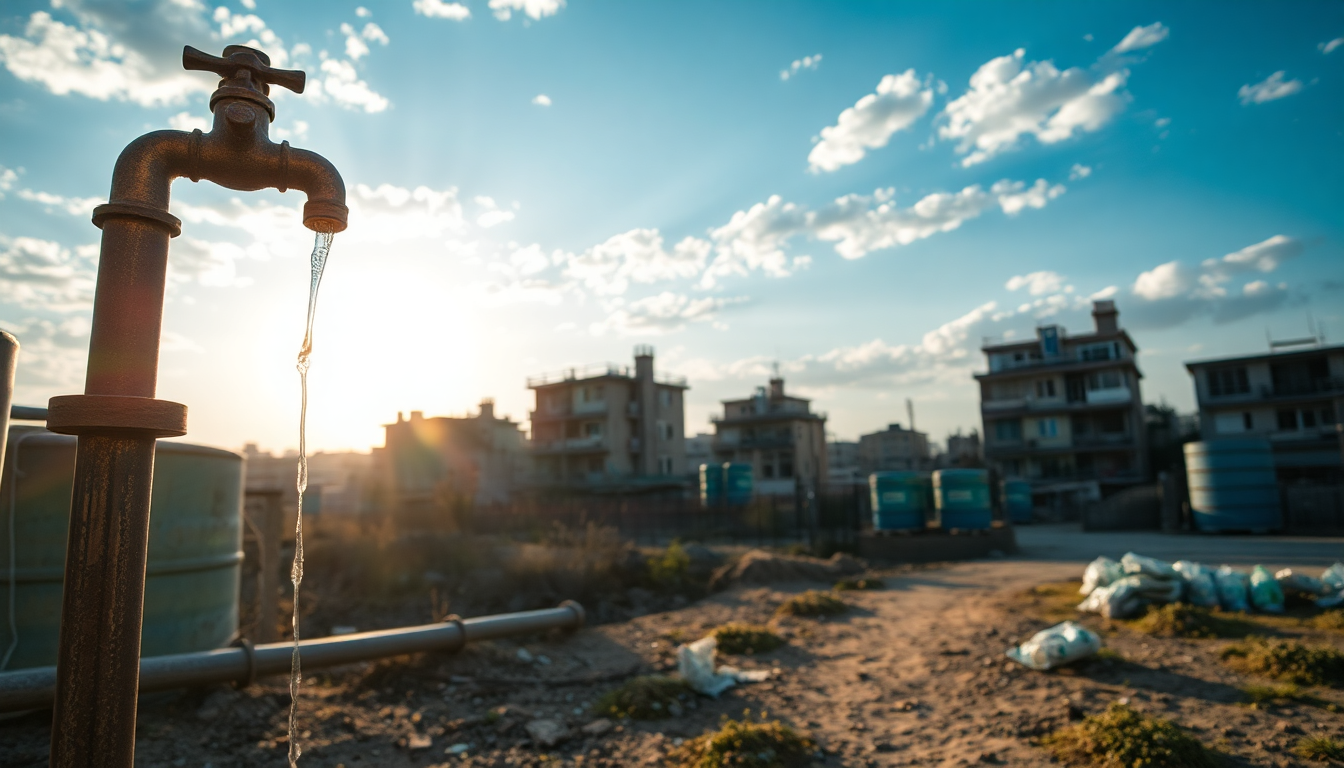Table of Contents
In a shocking turn of events, experts are ringing the alarm bells about Kabul, a bustling city of over six million people, which is poised to become the first major urban area to completely run out of water within the next five years. How did we get here? The answer lies in a perfect storm of severe climate change, governance failures, and an ever-growing population that’s pushing the demand for water to unprecedented levels. This isn’t just an environmental issue; it’s a social crisis that threatens to displace millions of residents as resources dwindle.
Understanding the Crisis: Groundwater Depletion
Kabul’s aquifers are in freefall, with water levels dropping by an alarming 25 to 30 meters over the past decade. According to a report from Mercy Corps, the city is extracting groundwater at a staggering rate—44 million cubic meters more than what can be naturally replenished each year. Without urgent action, experts warn that these aquifers could be dry as soon as 2030, leaving approximately three million people facing an existential crisis.
UNICEF estimates that nearly half of Kabul’s underground bore wells, which are crucial for drinking water, are already out of commission. To make matters worse, the remaining groundwater is often contaminated, with a shocking 80% deemed unsafe due to high levels of sewage, arsenic, and salinity. This situation is more than just a water crisis; it poses a significant public health risk for residents.
As the city’s population has skyrocketed from fewer than one million in 2001 to around six million today, the thirst for water has grown, intensifying the crisis. Climate change, ineffective governance, and the pressures of urbanization have all played a role in this precarious situation. Add to that two decades of conflict that have driven mass migrations to Kabul, and it’s clear why the city’s water resources are stretched thin.
The Human Cost: Inequality and Displacement
This water crisis vividly exposes the socio-economic divide in Kabul. Wealthier residents can afford to drill deeper boreholes, effectively monopolizing what little water remains. Meanwhile, poorer communities are left scrambling to access even the most basic supplies. As a result, lines at public water taps are getting longer, and many children are forced to hunt for water instead of focusing on their education. Isn’t it heartbreaking to think about what this means for their future?
The situation is further complicated by the presence of over 500 beverage and mineral water companies in the area. These businesses extract massive amounts of groundwater that could be used by the local population. For instance, one popular soft drink company reportedly pumps out nearly one billion liters annually. This raises serious ethical questions, especially as the humanitarian crisis deepens.
Experts agree that this issue isn’t just about dwindling resources; it’s deeply intertwined with governance challenges. Poor management of water infrastructure and ineffective policies have left authorities unable to tackle the crisis. Consequently, the most vulnerable populations are left to bear the brunt of the water shortage, endangering their livelihoods and well-being.
Path Forward: Infrastructure and Governance Solutions
So, what can be done to address Kabul’s water crisis? Immediate and coordinated efforts are essential to improve both infrastructure and governance. Experts suggest developing artificial groundwater recharge systems and upgrading existing water infrastructure as key steps. Initiatives like building check dams and reservoirs could drastically enhance rainwater harvesting and groundwater replenishment.
There’s also an urgent need for the Afghan government to revamp aging water systems and pipelines. Modernizing these infrastructures will not only improve efficiency but also reduce water wastage—crucial in the current circumstances. However, these strategies face significant hurdles due to ongoing sanctions that limit access to necessary resources and technology.
International cooperation and investment will be crucial for implementing these solutions. Several projects aimed at improving Kabul’s water supply, including a significant initiative funded by the German Development Bank, have been put on hold following political changes in 2021. This uncertainty raises serious concerns about the future of water management in Kabul.
In conclusion, while the challenges posed by water scarcity in Kabul are daunting, a comprehensive approach that combines infrastructure development, effective governance, and community engagement could lead to a more sustainable future. The time to act is now—every moment counts as the window for effective intervention closes rapidly.


